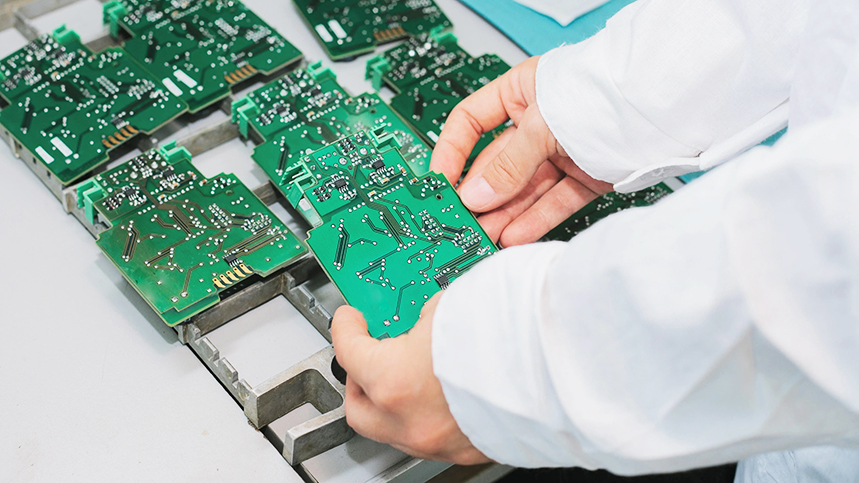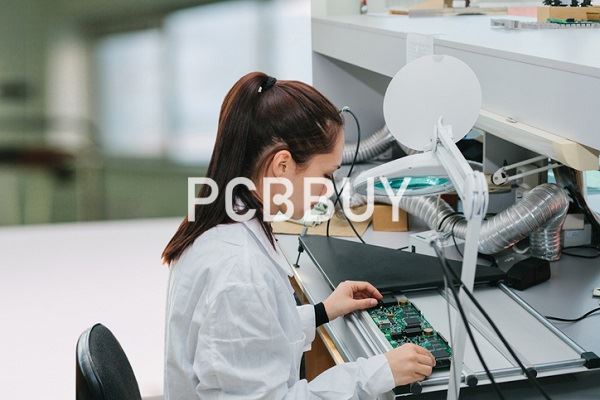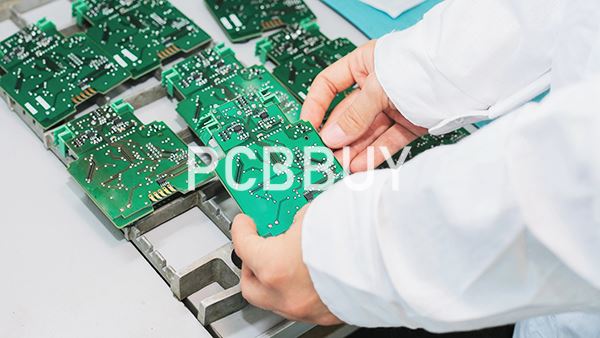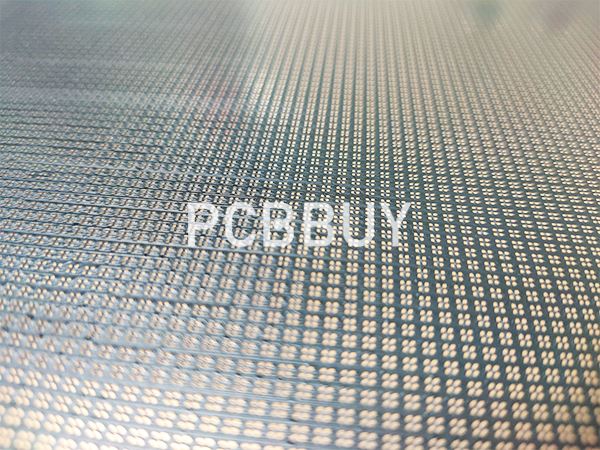How to Become a PCB Designer?
By:PCBBUY 09/09/2021 10:18

If you're interested in becoming a PCB designer, one of the first things to consider is how much education you need. We've determined that 29.2% of PCB designers have a bachelor's degree. Choosing the right major is always an important step when researching how to become a PCB designer. If you are planning to be a PCB designer, come and read the content below to learn more information.

What are the requirements for becoming a PCB designer?
Education
Many engineers are laying out their own printed boards today. To become an electrical engineer or a mechanical engineer, you will need a BS in those related fields. Traditionally, PCB designers layout the board rather than "engineer" circuit boards or components of the board. As such, the educational background differs some.
For those who are doing PCB layout specifically, there isn’t a degree dedicated to PCB design or printed circuit board creation. You will also find that there are still many positions that do not require the PCB designer to have a degree of any kind. However, you will have much better success as a PCB designer with experience or a degree that includes courses in drafting, computer-aided design, electronic design, hands-on printed circuit board work, or other related areas of study. As PCB designs become more complex, more companies will begin to require degrees for their PCB prototype designers.
Lesson
You need to work on real projects and get real experience. There are no shortcuts. Many people think, they can jump from Arduino to PC Motherboard design (would not be that fantastic? :). In reality, you need to practice.
So, start with simple projects. This will help you to learn how to avoid all the beginners mistakes (e.g. connecting RX and TX the other way round ... yep, we all were there). When working with simple circuits, you will also start understanding how these simple circuits work … that is very important for more complex designs.

This may be difficult for some people, but in many situations I found it very useful, that I went to University and we had all (for me quite difficult) subjects about electromagnetic fields, microwaves, semiconductors, … And I can tell you, there were times when I had no clue what they were talking about. However, having at least some understanding about electromagnetic fields can help you to imagine what is happening on your PCB. There may be times, when you may think, that you would like to explain others why you placed the component certain way or why you routed a track so complicated. But then you may think, that you may look weird, so at the end, you just keep it for yourself.
What are the job contents of PCB designer?
A PCB designer is responsible for taking a 2D schematic and creating the 3D CAD files used to manufacture the PCB. The first step is to create the component footprints, which show the size, shape, and orientation of each component. Second, the PCB designer creates a board outline with the dimensions and shape of the board as well as any keepout areas. Then the components with critical placement requirements are locked down, such as connectors that have to match up with another board.
Once this is complete, the rest of the parts are placed onto the board. Routing is the process of running traces between components to connect them together. Critical routing happens first, where traces that must be the exact same length or traces that must be a specific distance away from another trace are routed first. Then the rest of the board is routed, with traces going up and down through multiple layers of the board. The final task a PCB designer does is to generate all of the manufacturing files.

You can learn more about what PCB design is by reading our article.
A good PCB is part electrical engineer, part manufacturing expert, and part computer guru with a bit of process engineer thrown in the mix as well. Mostly though, a PCB has to have the ability to see beyond the lines and shapes of components on their computer screen in order to visualize where the design is headed. A good PCB fabrication can create something from nothing while solving many different puzzles along the way. For example, a rats nest is when the netlist is loaded and all the traces are run from component to component without any regard.
What is the future for PCB designer?
With all of the new advancements in communications, computing, and IoT, the need for electronics design continues to grow. Simultaneously, the number of available PCB designers is becoming less as many are approaching retirement. As a result, the PCB design industry faces a shortage of new designers genuinely committed to the science and art of creating functional printed circuit board hardware. Therefore, this is the right time to pursue a career in PCB design.
Does the idea of turning new ideas into working electronics hardware sound like something that you would like to do? PCB designers are used throughout the electronics industry, from original equipment design centers to printed circuit board manufacturers. Here at VSE, we have been manufacturing circuit boards for over 30 years and regularly work with PCB designers from companies representing a wide range of electronic technologies. So, if you are looking for a PCB contract manufacturer to build a circuit board or have questions about the role of PCB designers in today’s industry, give us a call.
Industry Category











